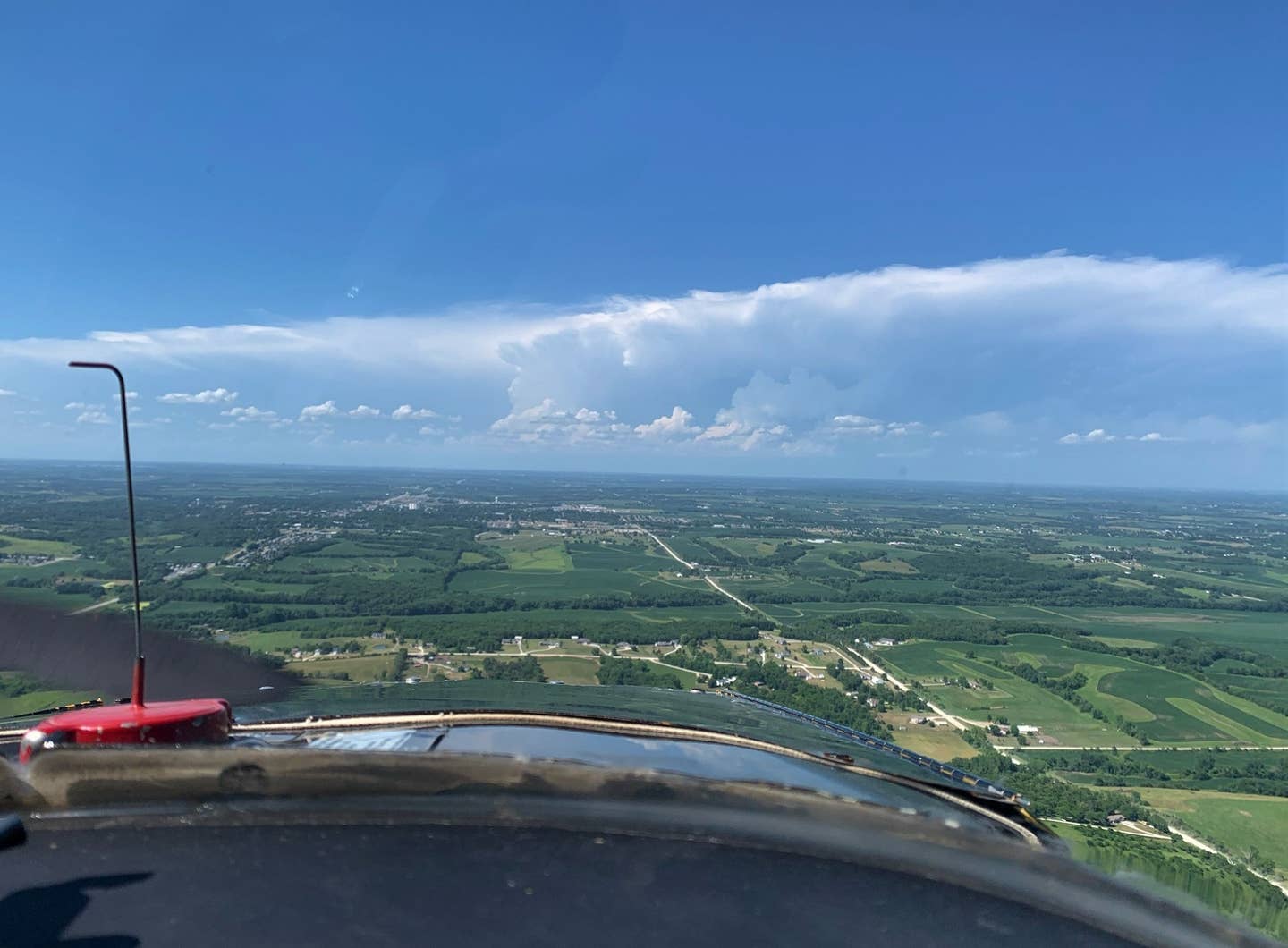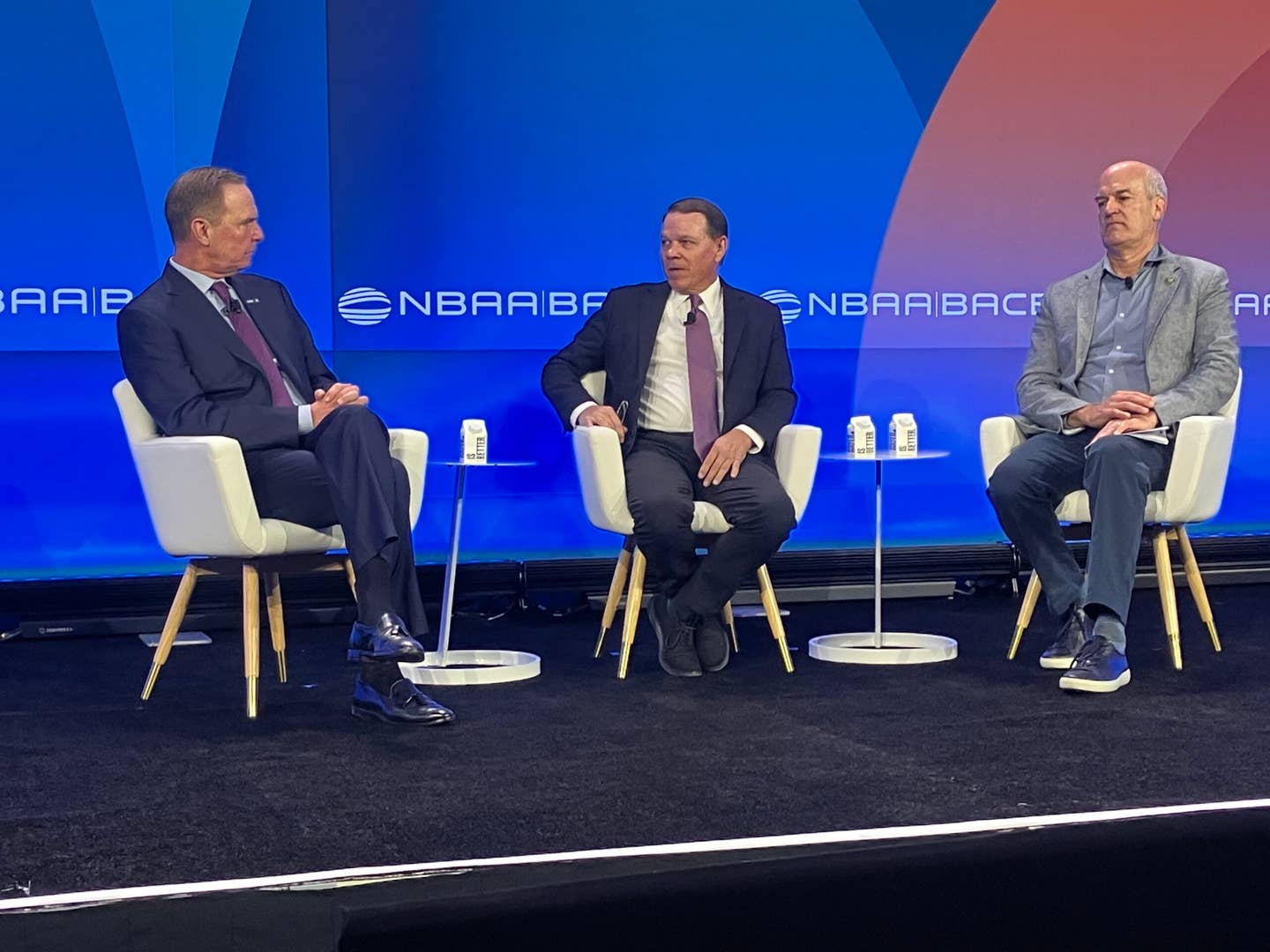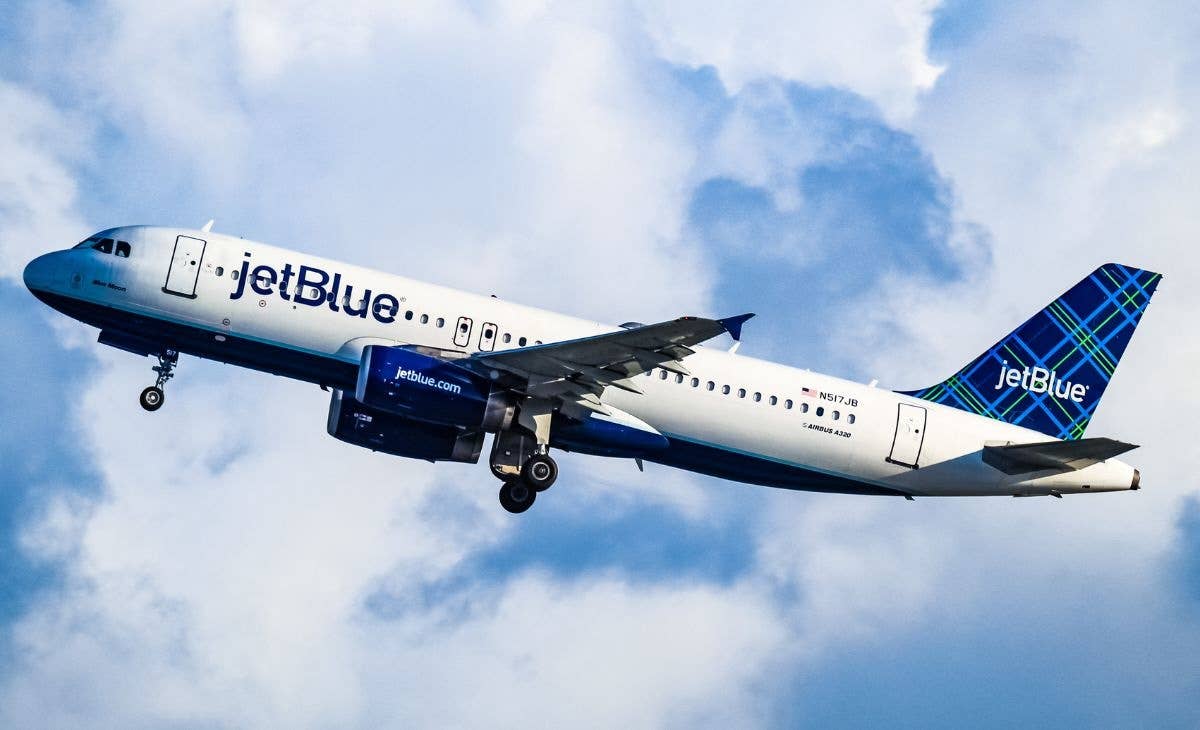Cue The Towering CUs
You can’t tell what the inside of a would-be thunderstorm is like unless you go in and look. Let the BT,DT comment flow forth.

It’s raining. The “it” refers to the growling sky that hinted I should land, put the airplane away, and further discussion was pointless if not downright stupid. Although, the risk of appearing stupid has rarely dissuaded me from making the wrong stab at the Go/No-Go coin toss. Any pilot who ventures beyond the runup area has experienced a moment of, “Perhaps, I shouldn’t have done this.”
Such as the time, decades ago, when I was flying an A36 Bonanza, and ATC said, “Area of weather, twelve o’clock …” The controller suggested a minor deviation to avoid columns of towering cumulus clouds (TCUs), yearning to become thunderstorms. Being younger and flying with another commercial pilot, also young, we decided to see what it would be like to punch through the enticing pile of Cool Whip, because—by our collective logic—if you never experience something, how will you know how bad it can be? Other than, perhaps, reading NTSB reports about idiots punching through developing convective weather. So, I tightened my harness, slowed to maneuvering speed (VA), disengaged the autopilot and requested a block altitude in case of deviations. In case … sheesh. This had stupid spray-painted all over it.
(Side note: Having two technically qualified pilots on board does not double decision-making acuity. It often halves it. Unless you’ve trained as a crew with defined duties, being PIC is not a roundtable exercise.)
For those fortunate enough not to have experienced penetrating any stage of thunderstorm life cycle, imagine a Rottweiler shaking the stuffing from a rag doll in its jaws. You’re the doll. The dog usually wins and feels no guilt with the results. You can’t yell, “Bad thunderstorm!” to deadly weather standing sheepishly over a crumpled Bonanza.
What saved us from our own boneheadedness was limited exposure. We were inside the CU-tube for only about a minute, but I’d learned my lesson in the initial three seconds, and the subsequent 57 seemed an eternity as I used rudder—not aileron—to keep the airplane upright and intact. Altitude excursions were undetectable because the instrument panel was a nightmarish blur.
My PIREP of “extreme turbulence” might’ve been debatable, since extreme by AIM standards says the aircraft is “violently tossed about.” This ride qualified, but the AIM also says extreme turbulence makes the aircraft “practically impossible to control,” and “may cause structural damage.” I was practically amazed how stupid our decision was but grateful that Beechcraft had made such a tough airframe. It creaked and moaned but didn’t break. Sounds like an ad slogan back in the Sixties: “Creaks and moans but never breaks! (Might not apply to V-tails; discontinue use in thunderstorms).”
The wimpier “severe” turbulence rating was more appropriate, as we seemed only “momentarily out of control” and adhered to the AIM’s advice to “discontinue food service,” given that I was about to lose my lunch. But whatever the label, I’m inclined not to repeat the experience, although I remain fascinated by TCUs, a sight enjoyed while maintaining proper social distance from threats composed of seemingly harmless vapor droplets.
Bonanzas are in my past, and today I mostly fly light sport airplanes. Getting somewhere isn’t nearly as important anymore as simply being up there. With the side window open on a summer day, I’ll throttle back to ride a thermal as it spawns a particularly seductive cloud that’s giving me its Siren’s come-hither gaze, while I remain 2000 feet clear of its hips. Students ask, “How do we know we’re no closer than 2000 feet?” I tell them to imagine our home base 2000-foot runway stretched between us and the cloud. “Plus,” I add in a professorial tone, indicating I don’t know what I’m talking about, “if we weren’t 2000 feet away, we’d be in violation of 91.155 Basic VFR minima. Therefore, we must be 2000 feet clear.”
I rarely operate my Aeronca Champ at or above 10,000 feet MSL, where horizontal cloud clearance increases to one mile. Heck, I rarely operate above 1000 feet AGL, so I’m usually inside Class G—so-called “uncontrolled”—airspace, where in daytime airplanes must remain clear of clouds, and their pilots can swear there’s a mile visibility. The question begs from no one: Does “clear of clouds” mean the whole airplane need be clear or just the cockpit? Does poking a wingtip into a cloud violate the letter if not the spirit of the reg? If you can see a perfectly focused airplane shadow (yours, it’s assumed) highlighted by a circular rainbow on the cloud, are you too close? If you see a converging second shadow, is it too late?
A preemptive clarification: The FAA no longer wants CFIs to call our clients “students,” an apparently demeaning term, and instead refer to them as “learners.” So, instructors are “learnees” or “certificated learnerators?” I’ll let others dissect any possible merits to that change.
Now, though, as the rain soaks the runway, and my airplane is dry inside her hangar, I can reflect on the developing TCUs that earlier had invited us up to explore. The approaching colonnade of brilliant white against blue prairie sky, had coalesced with complete indifference to my plans, into a mesoscale thunderstorm that filled the windshield. It was breathtaking, and I undoubtedly would’ve taken my last if I hadn’t 180’d and headed for home.
I’ve made and survived a wad of dumb decisions over 45+ years of flying and am not proud of many but learned from some. I try not to repeat the worst but will always take the opportunity to stare a Rottweiler TCU in the snout … while leaving plenty of room—way more than 2000 feet—to turn tail and run before the “it” hits my fan.






